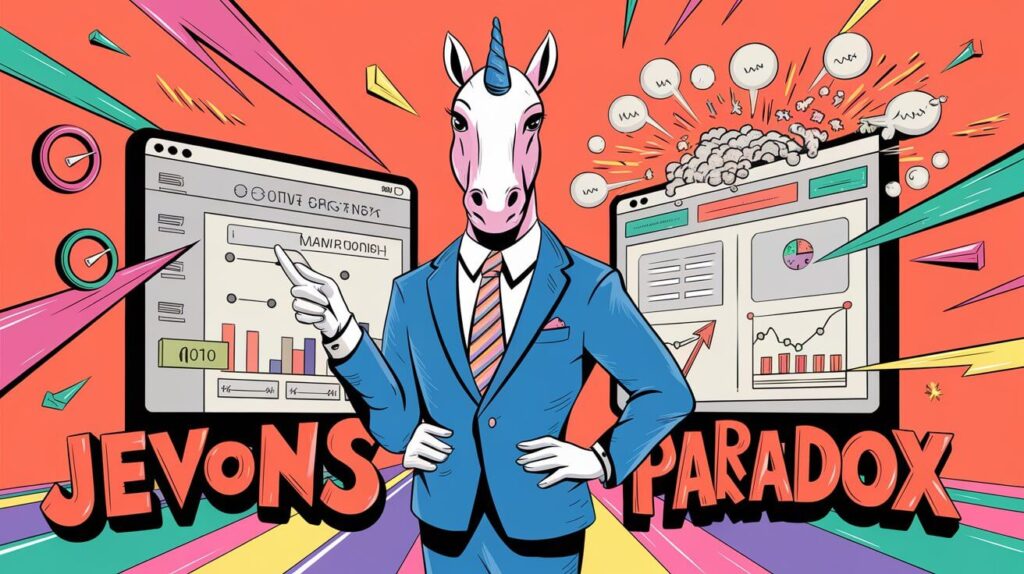
Do you think when technology making something more efficient meant using less of it?
Those days are a fascinating misconception. Today’s digital landscape proves that efficiency doesn’t reduce consumption – it accelerates it exponentially.
Welcome to the Jevons Paradox Effect, where making things easier doesn’t save time – it multiplies engagement.
What is the Jevons Paradox Effect?
First observed in Victorian-era coal markets, the Jevons Paradox reveals a counterintuitive truth: when something becomes more efficient to use, people use more of it, not less.
In digital marketing, this translates to a powerful psychological principle where making interactions more efficient leads to exponentially increased engagement.
Think about that for a second: when you optimize a digital experience, users don’t just complete tasks faster – they fill that saved time with even more interactions, creating a perpetual cycle of increasing engagement.
The Science Behind the Jevons Paradox Effect
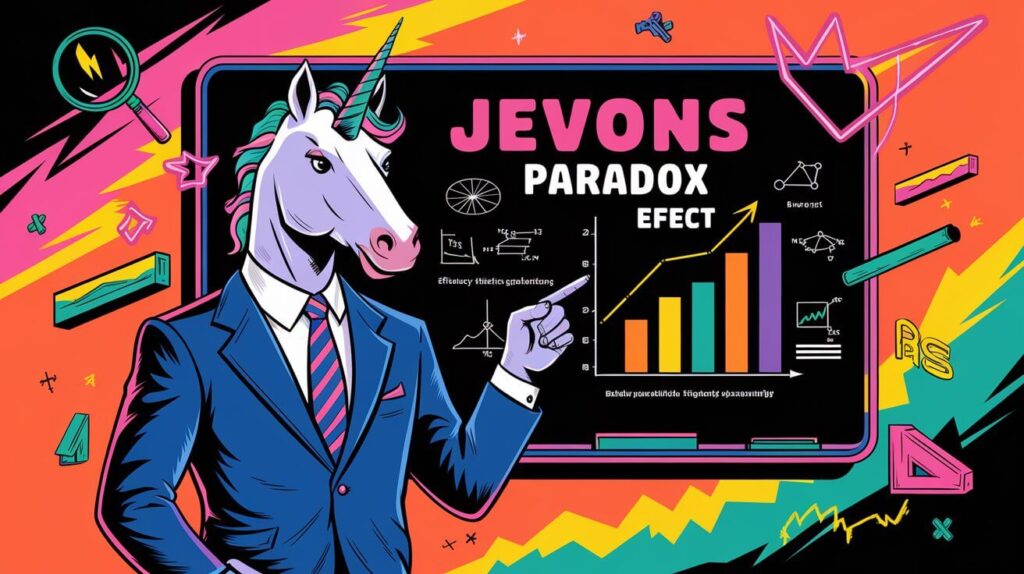
The effect works through three core psychological mechanisms that transform digital behavior. When tasks become easier, our brains release dopamine not just from completing the task, but from the very efficiency of the process itself. This creates a powerful reinforcement loop where the brain seeks out more opportunities to experience this “efficiency high.”
Research in the Journal of Consumer Psychology shows this neurological response triggers what researchers call the Cognitive Bandwidth Effect. When mental resources previously required for basic tasks become available, we don’t save this mental energy – we automatically reinvest it into related activities.
Most crucially, this psychological shift creates what behavioral scientists term “response chains,” where one simplified action naturally leads to another, building powerful engagement patterns that multiply consumption.
Software Industry Examples
Netflix: The Autoplay Revolution
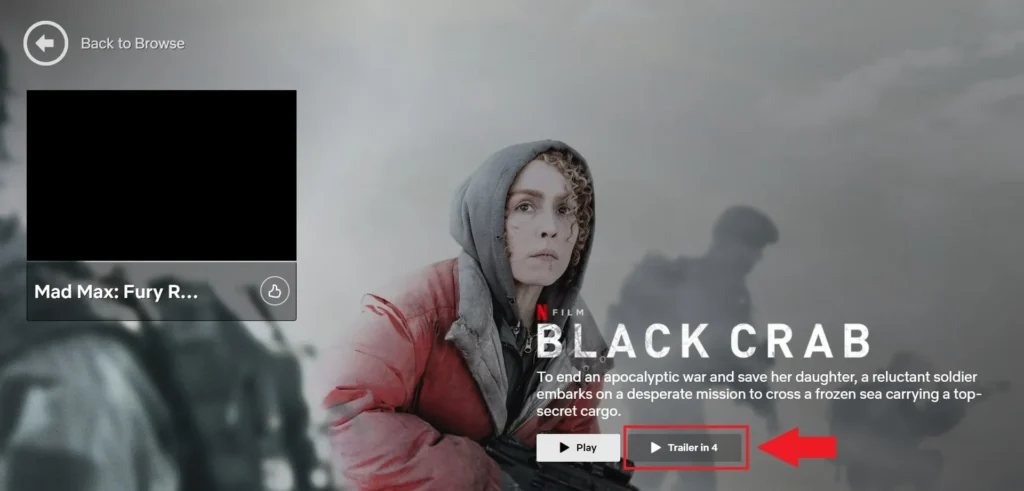
Their introduction of autoplay didn’t just save users a click – it transformed viewing patterns entirely. The reduced friction between episodes created a psychological flow state that birthed binge-watching culture.
Amazon: The One-Click Transformation
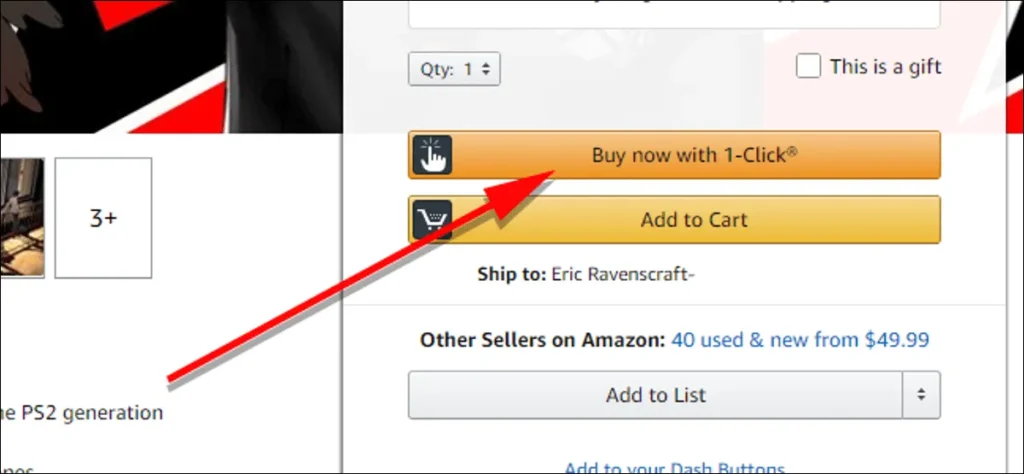
When Amazon simplified purchasing to a single click, they didn’t just speed up buying – they fundamentally altered consumer psychology, leading to more frequent, spontaneous purchases.
Instagram: The Story Effect
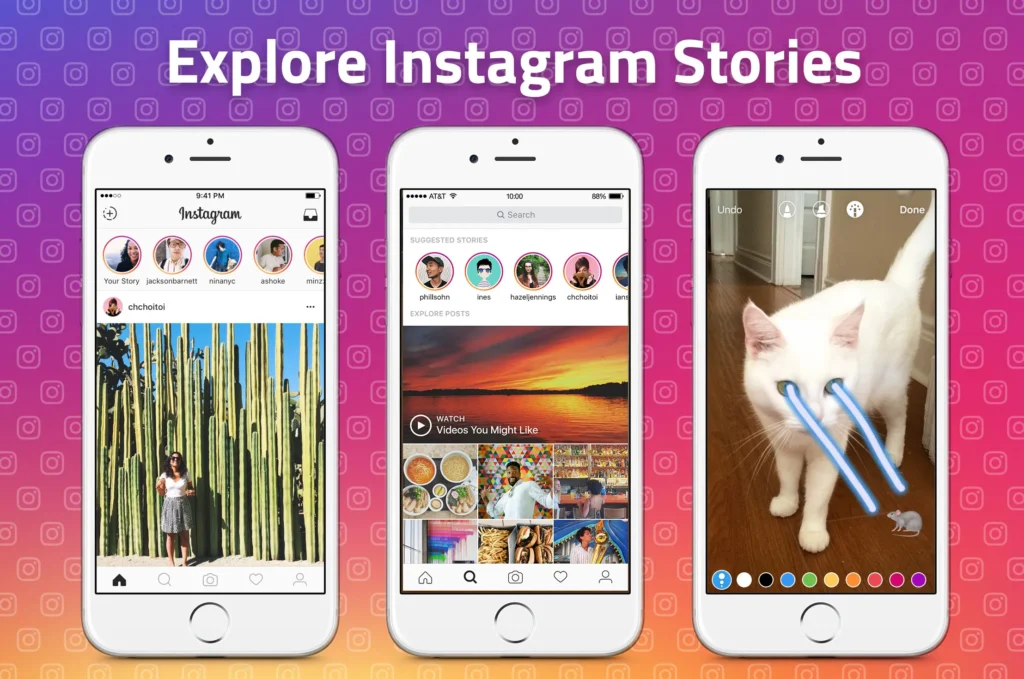
Simplifying story creation to a single tap didn’t just make posting more efficient – it transformed users from weekly to multiple-daily posters, creating new engagement patterns.
90-Day Implementation Guide
First 30 Days: Friction Mapping
Begin by identifying every point where users hesitate or drop off in your digital experience. This isn’t just about speed – it’s about understanding which frictions serve a purpose and which create unnecessary barriers.
Days 30-60: Strategic Optimization
Implement targeted friction reduction while maintaining necessary decision points. Add immediate positive feedback to reinforce behaviors and create clear paths to next actions.
Days 60-90: Engagement Amplification
Scale successful optimizations and build engagement loops that capitalize on saved cognitive resources. Focus on creating natural response chains that guide users to deeper engagement.
Real-World Success Stories
The Coffee Shop Revolution
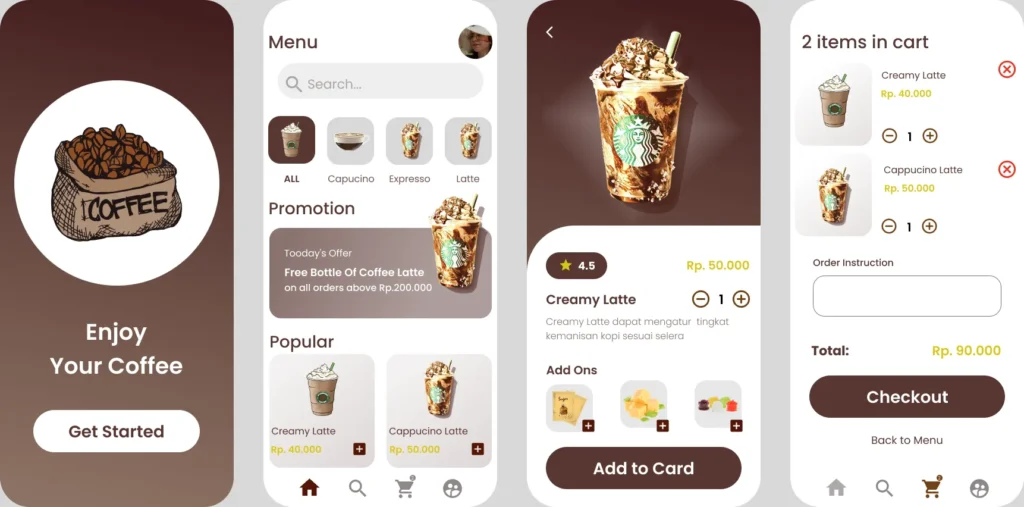
A local café chain simplified their mobile ordering process, reducing steps from eight to three. The result wasn’t just faster ordering – customer purchase frequency increased by 40%, and average ticket size grew by 15%.
The Fitness App Transformation
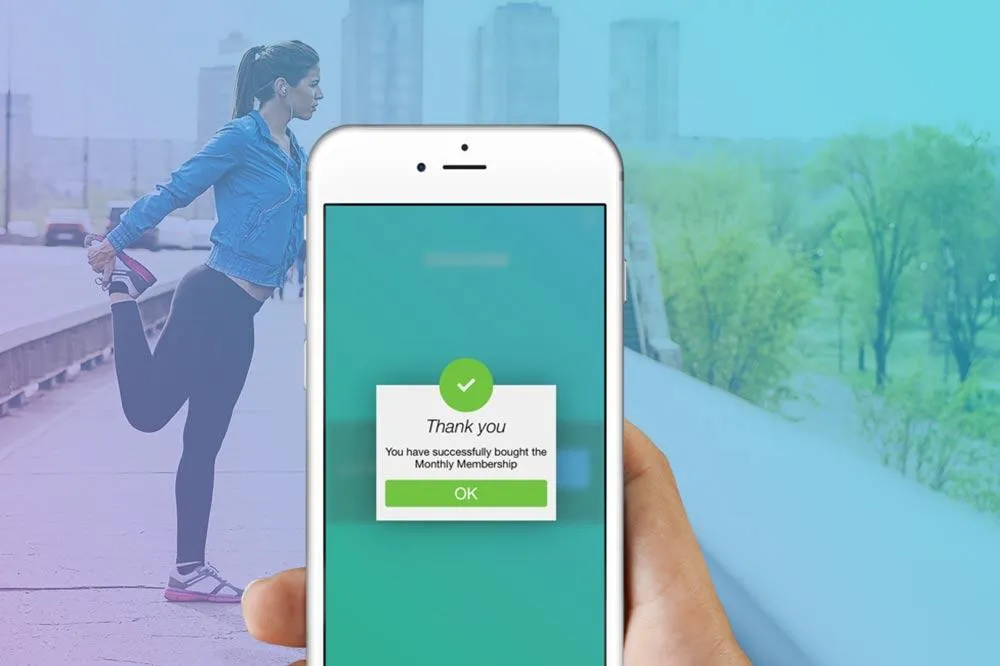
When a boutique fitness studio streamlined their booking process, they saw not just more efficient booking – class attendance doubled, and membership retention increased by 35%.
Looking Forward
Research from Stanford’s Digital Psychology Lab suggests this effect will become even more pronounced as AI and automation further reduce interaction friction. Their studies predict that by 2026, optimized digital experiences could capture up to 70% of users’ discretionary attention time.
 Key Takeaway
Key Takeaway
The Jevons Paradox Effect isn’t just about making things faster – it’s about understanding how efficiency transforms behavior. Every reduction in friction creates new opportunities for engagement, but success lies in knowing which friction to remove and which to maintain.
Remember: The goal isn’t just optimization – it’s transformation. When you make the right things easier, users don’t just save time – they reinvest it in deeper engagement with your platform.

 The Jevons Paradox Effect In Marketing: The Psychology of Digital Efficiency
The Jevons Paradox Effect In Marketing: The Psychology of Digital Efficiency The Serendipity Loop Effect: The Psychology of Pleasant Surprises
The Serendipity Loop Effect: The Psychology of Pleasant Surprises The Risk Reversal Effect: The Psychology of Turning Hesitant Buyers into Committed Customers
The Risk Reversal Effect: The Psychology of Turning Hesitant Buyers into Committed Customers
Leave a Reply